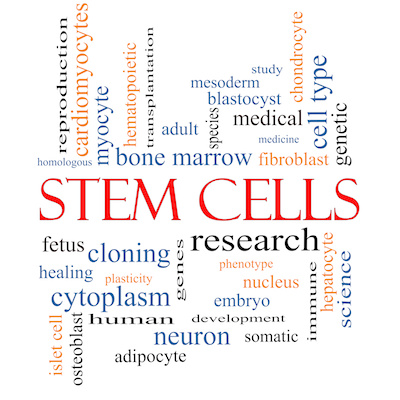Doctors and researchers are always studying and learning more about how to treat various diseases. Stem cell transplants are one of the most promising treatments for certain conditions and illnesses. There are three types of stem cells – those from bone marrow, blood and an umbilical cord. The goal for all three kinds of transplants is to give patients stem cells that will grow into healthy blood cells.
Stems cells from the blood stream are called peripheral stem cells. It’s easier for donors to give peripheral blood stem cells than bone marrow, but it does take longer. Another benefit of peripheral blood stem cell transplants is that the recipient’s blood count recovers faster than with a bone marrow transplant. But bone marrow transplant patients have a lesser risk of complications from the newly transplanted cells.

Bone marrow and blood stem cell transplants require a separate donor who must be a close match to the person needing treatment, while umbilical cord stem cells can be stored from birth, and used for the same person’s own treatment, or a sibling or family member. Treatment with umbilical cord stem cells doesn’t require as close of a match as blood and bone marrow stem cell transplants and therefore be used by others outside of the family.
There are many factors to think about when deciding whether to bank umbilical cord blood. Learn more about the advantages and how easy it is. You can also join our mailing list for updates on pregnancy health and stem cell treatment, which is advancing every day.